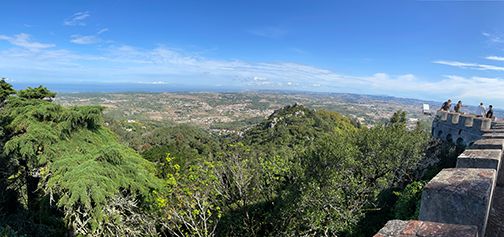One year ago this week, we were landing in Portugal as first-time visitors. Having traveled quite a bit, we feel comfortable heading to new and unknown places, but it still makes things a little easier to have some idea of what to expect when we are going somewhere we’ve never been. We had been given a heads-up by Daughter (she had visited previously), and I thought it would be good to pay it forward to some of you who are planning a trip. If you’ve made the decision to visit Portugal, here are a few things to know that will can help ensure that you have a great one.
Rent a car if you can.
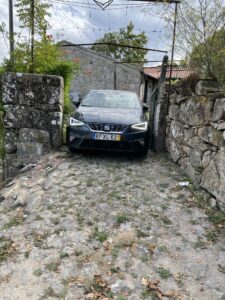
While Portugal has a very good public transportation system, you can see more of its nooks and crannies if you’re traveling by car. Train lines can bypass the small villages where you can visit ruins and castles or the parks and green spaces where you can hike and swim. With tours and buses, you have to travel according to their timeline instead of your own, but having a car allows you to visit stone circles at sunrise or to photograph the moon coming up over Capela do Senhor da Pedra by the sea.
Driving in Portugal is fairly easy. They drive on the right side of the road like here in the U.S., the signs are easy to follow, and the major roadways are well-maintained. Like here, roads in the bigger cities are crowded and parking can be a challenge, but careful planning can make even those factors less challenging.
Another thing to know is that, while Portugal has many toll roads, getting through them is easy with a V-pass (which comes with most rental cars). And, while it will seem like you’re racking up a huge bill, the charges are actually pretty reasonable. After two weeks of traversing the country, our total toll bill was only $65–much less than either of us expected.
Download a good translation app.
If you’re visiting major cities or tourist destinations, you’ll find that a lot of people speak English. However, if you travel to more rural or less-visited areas, you will find that to be less common. A good translation tool can be the difference between being served cake (bolo) and being sold a ball (bola). They sound alike but mean very different things.
In addition, learn a few common phrases and use them. Greeting someone with bom dia and frequently using obrigada (if you are a female speaker) or obrigado (for male speakers) go a long way toward having positive interactions with Portuguese people.
On our first night there, we went to a restaurant where none of the staff spoke English and the menu was only in Portuguese (in touristy areas, most menus we saw also included English). I used the Google Translate app to read the menu and communicate with the server. I first listened to the pronunciation of the word on the app and then I tried to say it to the server.
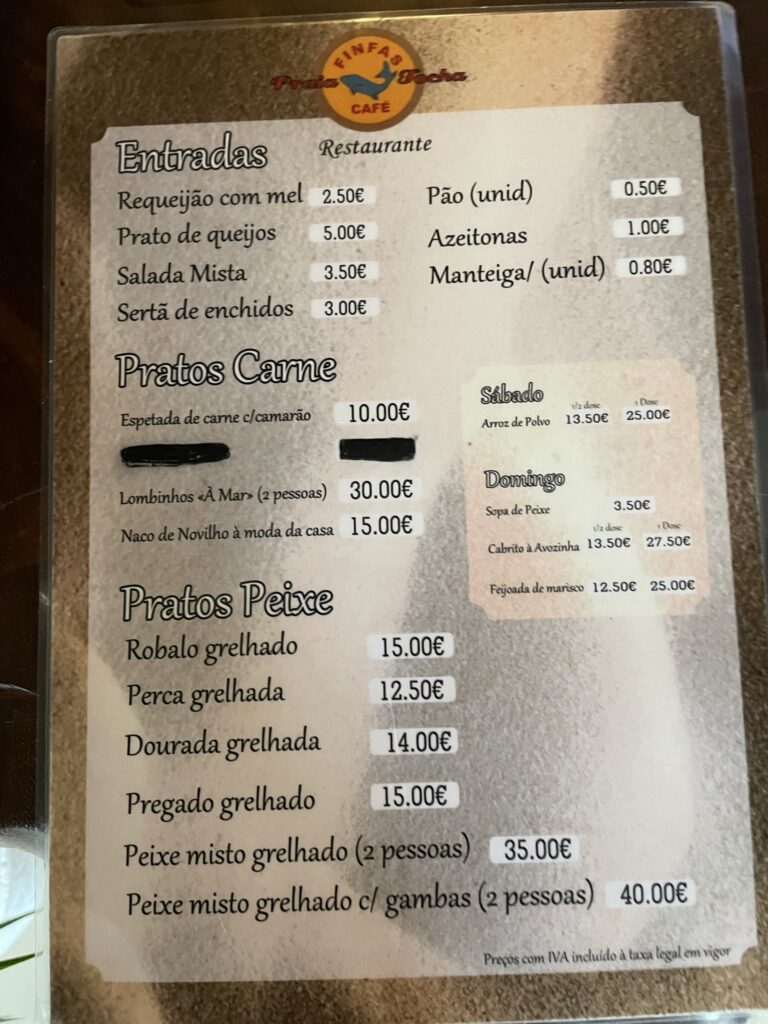
Yes, she laughed at me a lot.
When we got stuck or I really, really just sucked at pronunciation, I just typed in what I wanted to say and showed her my screen, and that worked. We were able to communicate successfully and, a little surprisingly, I got exactly what I thought I ordered.
Finally, make sure you get one that has European Portuguese. There is a difference between it and Brazilian Portuguese, and you’ll want to get it right.
If you’re eating out, plan carefully.
Timing. Like most of Europe, restaurants in Portugal open late–including cafés. If you’re looking forward to an espresso and a Pastel de nata (Portugal’s famous custard tart) right after you get up, you might have to wait. While in the states, you can swing into Starbucks as early as 5:30 in some places, in Portugal, cafés and restaurants usually don’t open before 8:00 or even 9:00 am.
I wasn’t aware, and on our first morning in Praia de Tocha, I headed out at 7:00 to grab a cup of espresso. By 7:30, I was getting worried. By 8:00, panic was starting to creep in. I finally found a café that was opening as I got there at 8:30, and I was able to get my caffeine fix, but it was a tense couple of hours up until then.
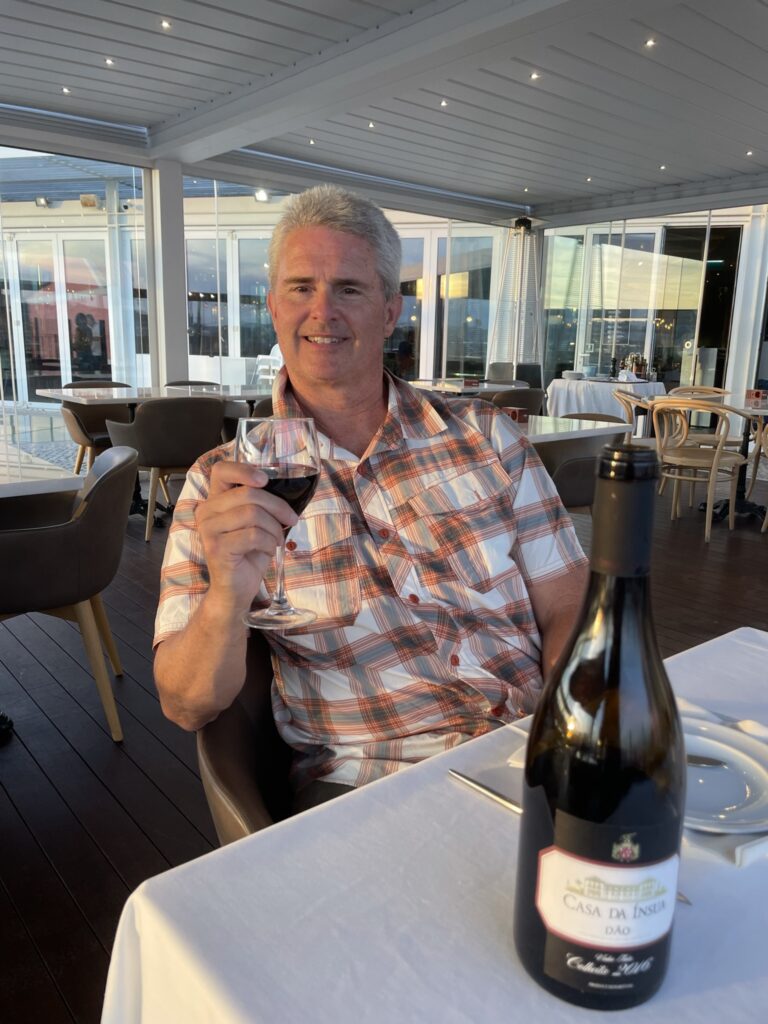
Reservations. While not always required, it is a good idea to make reservations, especially for the out-of-the-way, small restaurants (which tend to have few tables available) and in smaller villages where restaurant demand can outstrip supply.
On our first night in Lisbon, we popped into a nearby restaurant thinking that, in a large city, we would have no problem getting in. Wrong. All the reservation slots were full. However, we had arrived at 7:00 (they were just opening for cocktails) and, as noted in the point above, people don’t eat that early in Portugal (the most popular time for dinner is between 8:00 and 9:00 ). Our early eating habit came in handy here, though, because they were willing to serve us but only because we promised to be finished by 9:00 when the person who had reserved the table was expected to arrive.
Consider visiting in the off-season.
Portugal has become a hot vacation destination, and for good reason. The people, food, and incredible landscapes make it a winner on every travel wish list. But, for those same reasons, it also can be a bit crowded and expensive during peak vacation times (July and August). Visiting during shoulder seasons (just before and after peak season) can help you avoid some of that without sacrificing nice weather and great service.
We visited in September and found the experience to be perfect. There were crowds at some of the more popular destinations (Pena Palace) but nothing like the hoards we had heard about. The wait for tables at restaurants was reasonable, and we avoided most of the lines that Portugal is well-known for. And, in the rural locations, we actually found ourselves alone quite often. Additionally, the off-season prices in restaurants and tourist locations saved us a little money along the way.
Bonus tip: if you have to visit during high season, start your days early. Since businesses and restaurants don’t open until mid-morning (see point above about eating out), there are fewer people out and about. That works very well if you want to see the sights (although tourist destinations likely won’t be open for early admission).
We are naturally early risers, so it wasn’t difficult to get up and out right after sunrise. The reward: we often had places to ourselves or beat the big crowds.
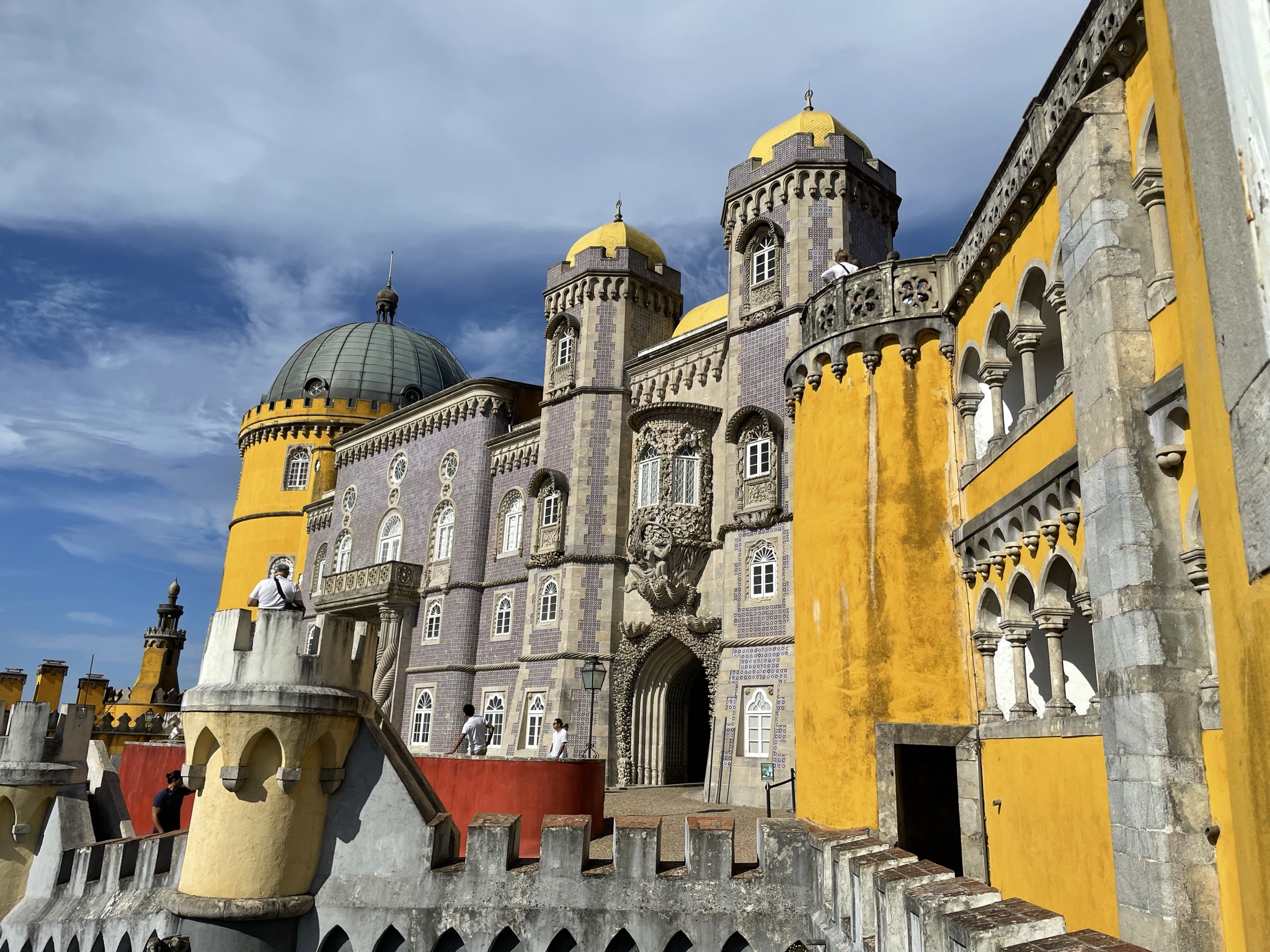
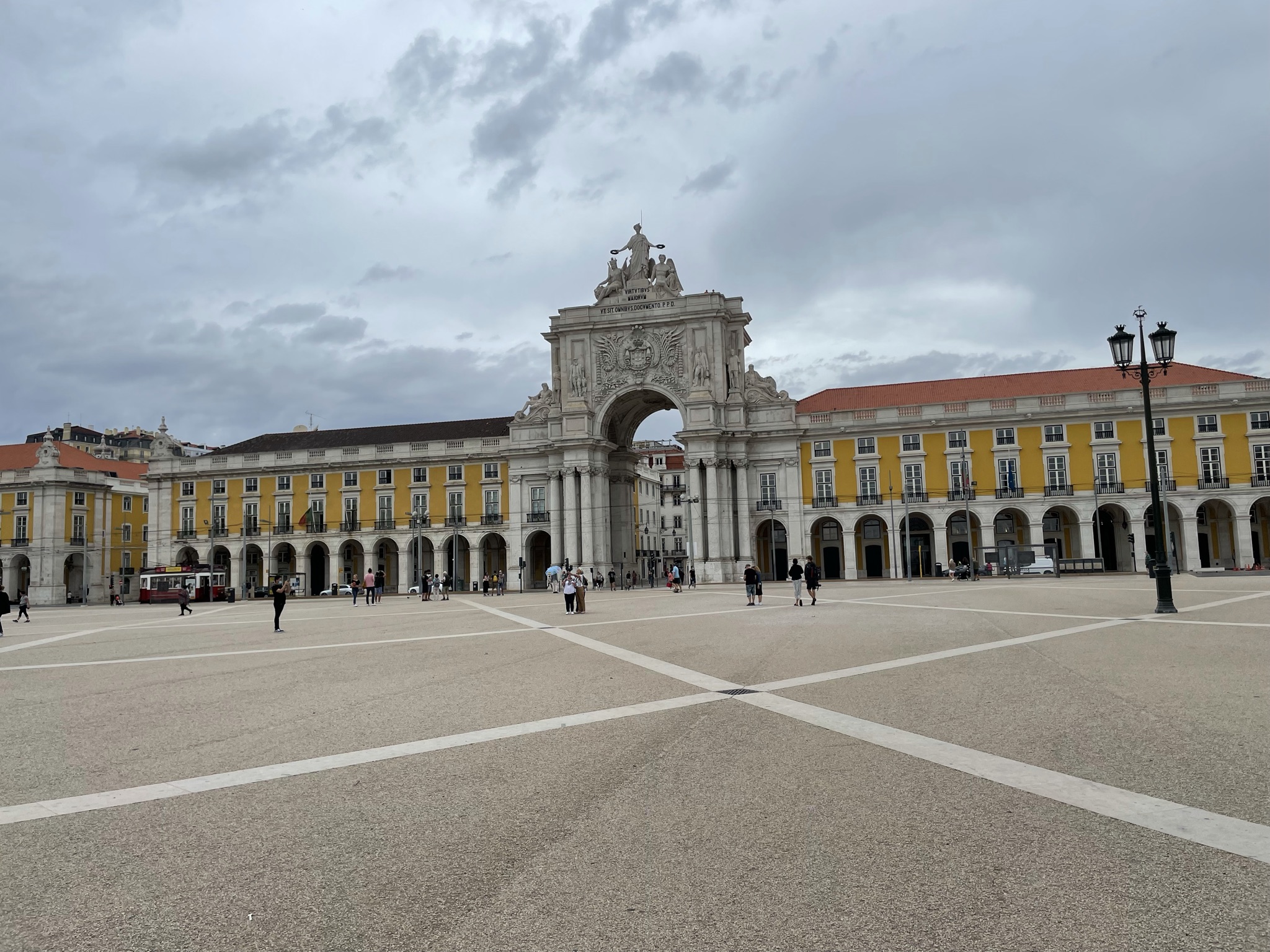

Plan to pay for the olives, cheese, and breadboards
When you are seated at a restaurant, oftentimes, servers will immediately bring an unsolicited tray of olives, cheese and bread (at a minimum–some include other things). Unlike the free basket of bread that you get at O’Charley’s, the hors d’oeuvres brought to your table will appear on your bill. If you don’t want them, no worries; just send back the untouched tray and you won’t be charged. If you want to keep them, you can ask the price before you eat to make sure you’re willing to pay it. For the most part, we found the charges to be minimal (maybe €2-3), and we loved the treats, so we kept them every time. Do what works for you.
Final Bonus Tip
When you visit Portugal, prepare to be amazed day in and day out. Portugal is a magical country, with stunning vistas, truly delightful people, and food that will bring tears to your eyes. Just allow yourself to soak it all in and have the vacation of your dreams.
